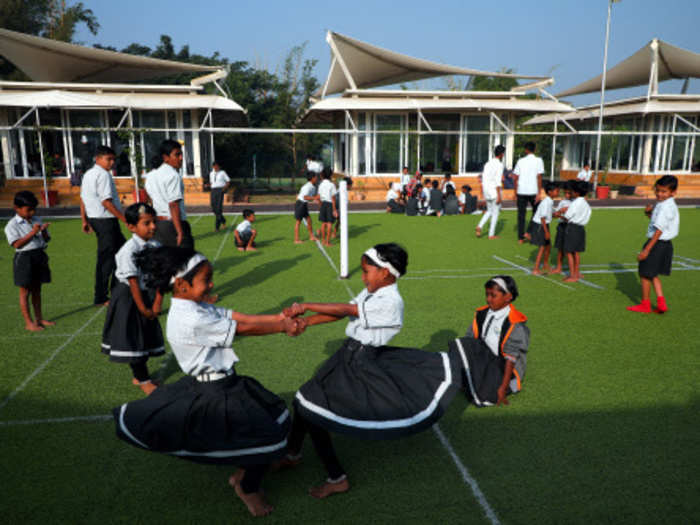
BCCL

As per the new policy, the 10+2 structure of school curricula is to be replaced with a 5+3+3+4 curricular structure corresponding to age groups 3-8, 8-11, 11-14 and 14-18 years respectively.
The new system will cover four stages — Foundational Stage (three years of anganwadi or pre-school followed by classes 1-2), Preparatory Stage (classes 3-5), Middle Stage (classes 6-8) and Secondary Stage (classes 9-12).
Earlier, the preschool format was not included in formal education.
"This will bring the hitherto uncovered age group of 3-6 years under the school curriculum, which has been recognized globally as the crucial stage for the development of mental faculties of a child. The new system will have 12 years of schooling with three years of anganwadi and pre-schooling,” School Education secretary Anita Karwal said while introducing the New Education Policy.

The NEP suggests using local language as a medium of instruction at least until Grade 5 where possible. This does not mean the schools will change their medium of instruction rather they will focus on multilingual education.
Moreover, the education ministry is also set to introduce e-courses in regional languages.

The pressure of examinations has been reduced in primary education. With new education policy, the number of exams have gone down. For primary education - the key assessment is only at grade 3 and 5. This is followed by only one more examination in grade 8.
“All students will take school examinations in Grades 3, 5, and 8 which will be conducted by the appropriate authority. Board exams for Grades 10 and 12 will be continued, but redesigned with holistic development as the aim,” the NEP read.

Every state/district will be encouraged to establish ''Bal Bhavans'' as a special daytime boarding school, to participate in art-related, career-related, and play-related activities. Free school infrastructure can be used as Samajik Chetna Kendras.
Schools should encourage bagless days by various activities involving arts, quizzes, sports, and vocational crafts.
Indian Sign Language (ISL) to be standardized along with the development of National and State curriculum materials. This can be used uniformly throughout the country by students with hearing impairment.
There will be a new 360-degree holistic report card formulated by taking inputs from the teachers, the student and classmates.
SEE ALSO:
India’s Rafale fighter jets — Here’s how it stacks up against Chinese J-20
 Colon cancer rates are rising in young people. If you have two symptoms you should get a colonoscopy, a GI oncologist says.
Colon cancer rates are rising in young people. If you have two symptoms you should get a colonoscopy, a GI oncologist says. I spent $2,000 for 7 nights in a 179-square-foot room on one of the world's largest cruise ships. Take a look inside my cabin.
I spent $2,000 for 7 nights in a 179-square-foot room on one of the world's largest cruise ships. Take a look inside my cabin. An Ambani disruption in OTT: At just ₹1 per day, you can now enjoy ad-free content on JioCinema
An Ambani disruption in OTT: At just ₹1 per day, you can now enjoy ad-free content on JioCinema Markets snap five-day rally, Sensex tumbles over 600 pts
Markets snap five-day rally, Sensex tumbles over 600 pts
 Southern India faces water crisis as reservoir levels plunge to just 17% capacity: CWC
Southern India faces water crisis as reservoir levels plunge to just 17% capacity: CWC
 Indian heart beats inside Pakistani woman, 19-year-old from Karachi undergoes heart transplant in Chennai
Indian heart beats inside Pakistani woman, 19-year-old from Karachi undergoes heart transplant in Chennai

Copyright © 2024. Times Internet Limited. All rights reserved.For reprint rights. Times Syndication Service.